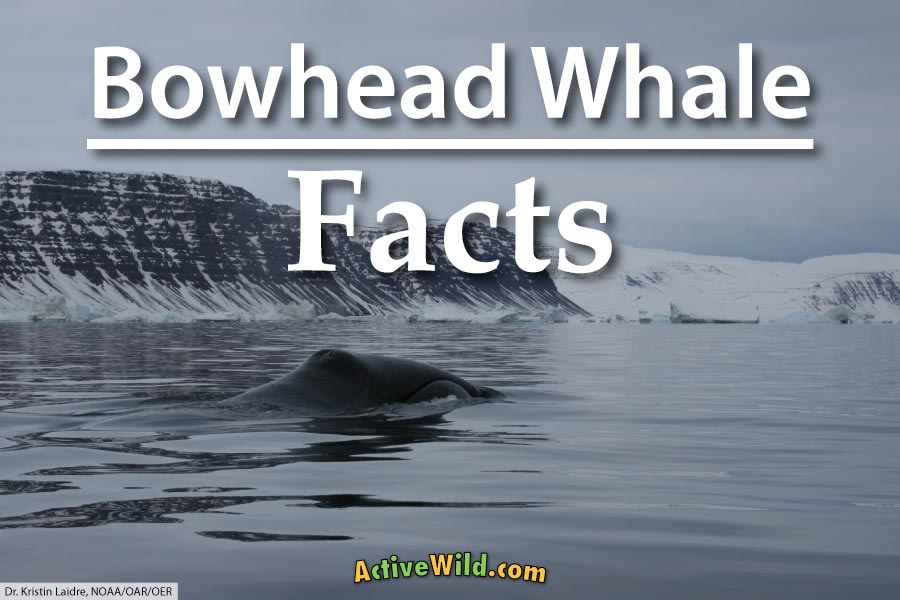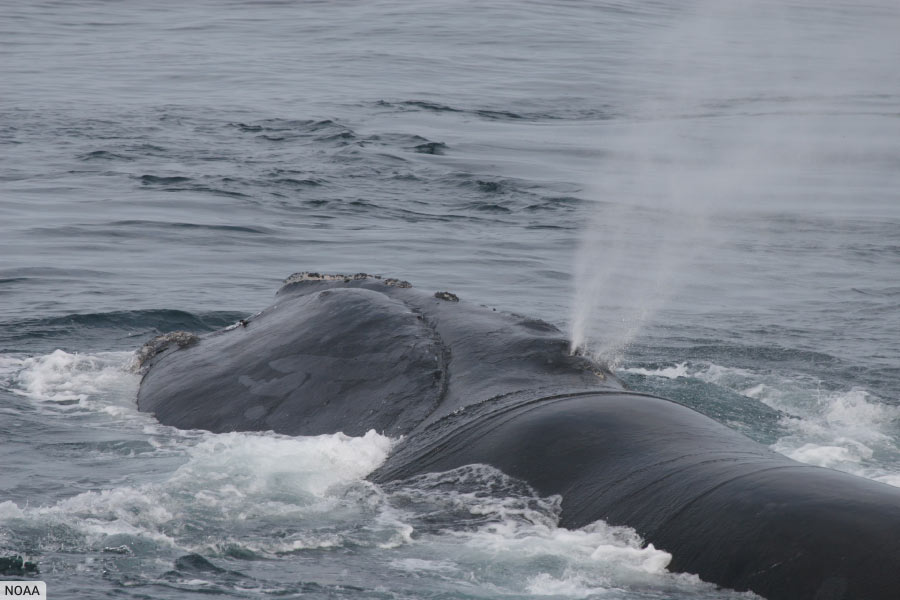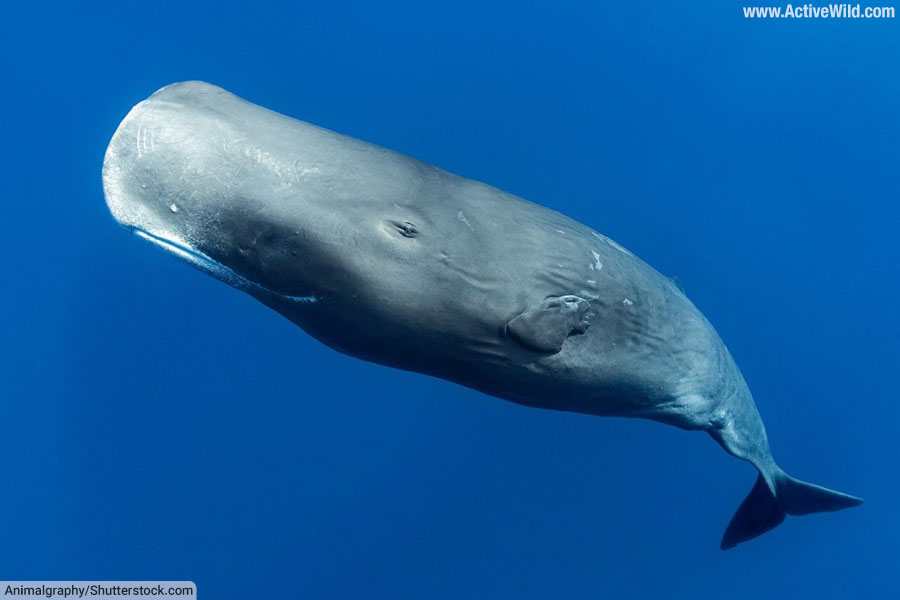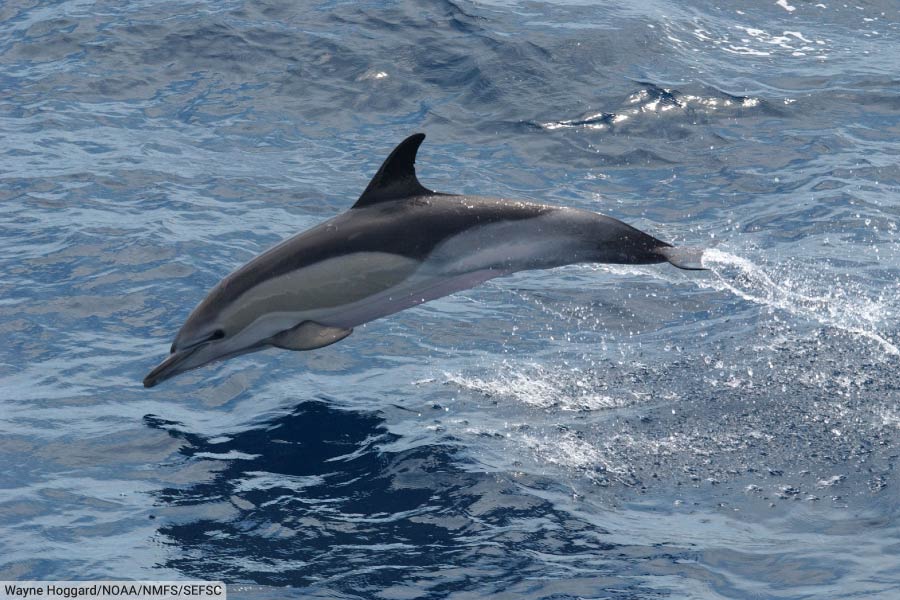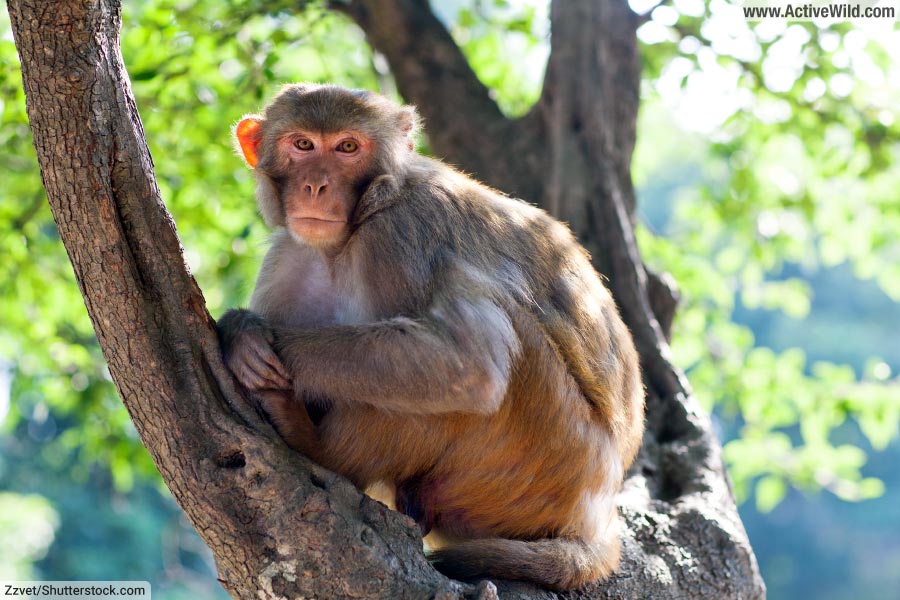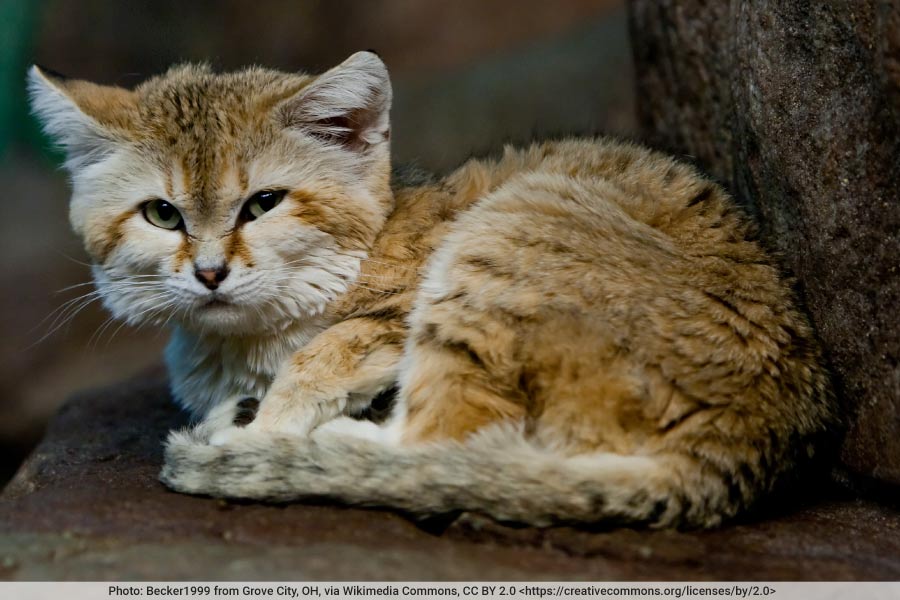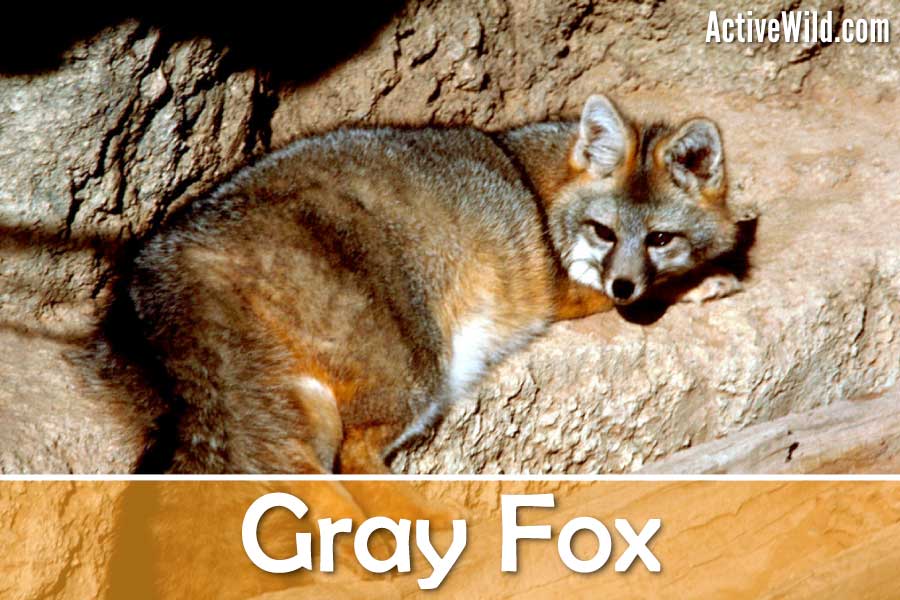The groundhog – also known as a woodchuck – is a burrowing rodent in the squirrel family Sciuridae. It is found in grasslands and forests of the USA and Canada, and is unusual among marmots for living in lowland areas.
A groundhog named Punxsutawney Phil is central to the traditional Groundhog Day celebrations held each year on the 2nd of February in Punxsutawney, Pennsylvania.
It’s said that if Phil emerges from his burrow and is able to see his shadow, then there will be six more weeks of winter. If Phil cannot see his shadow, then spring will arrive early!
Sadly, this year (2021) Phil did see his shadow!
On this page you’ll find groundhog facts, pictures and in-depth information on the species…
Read more

